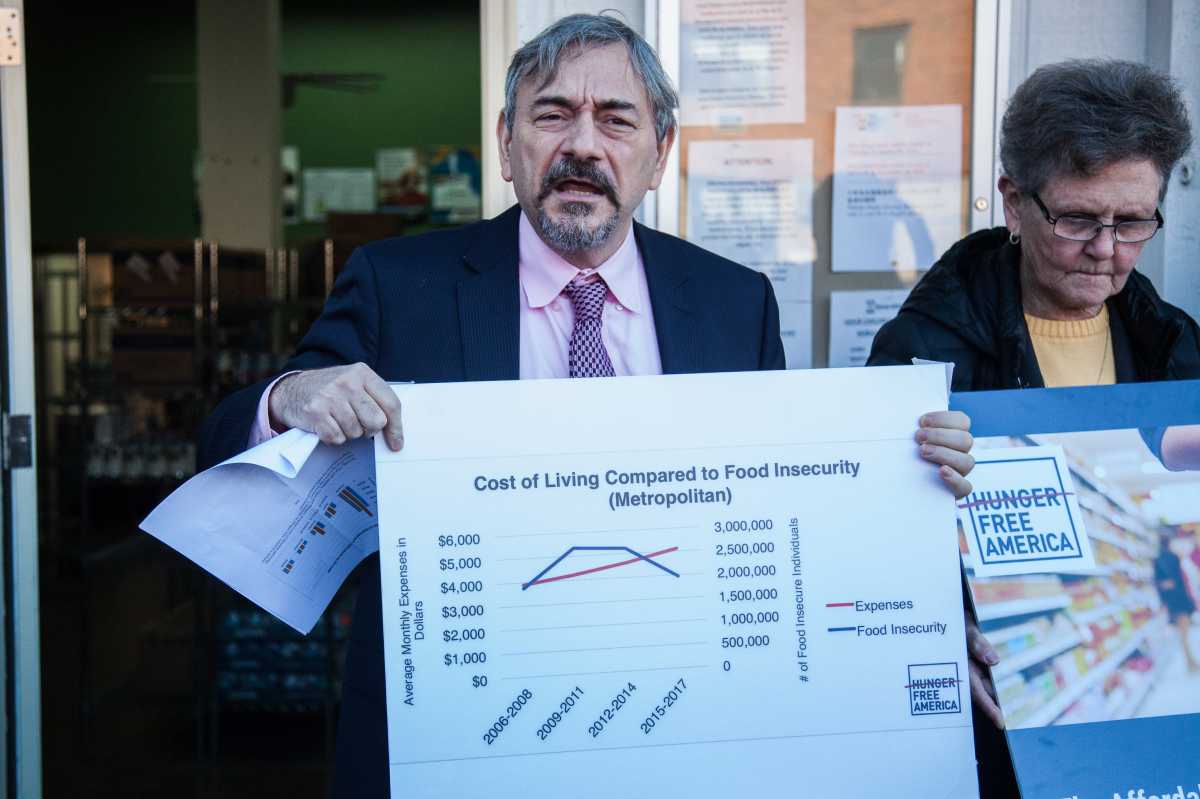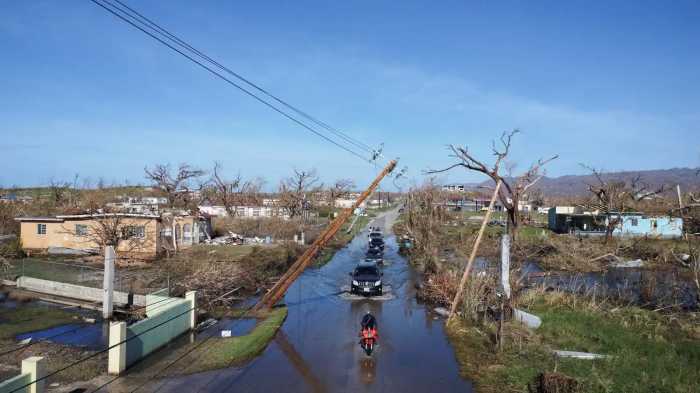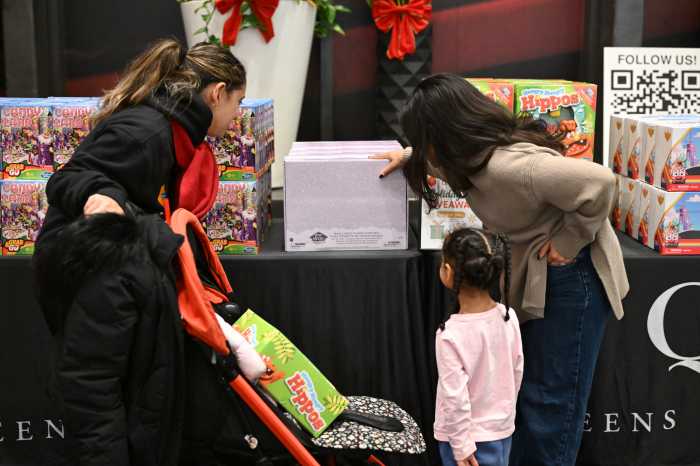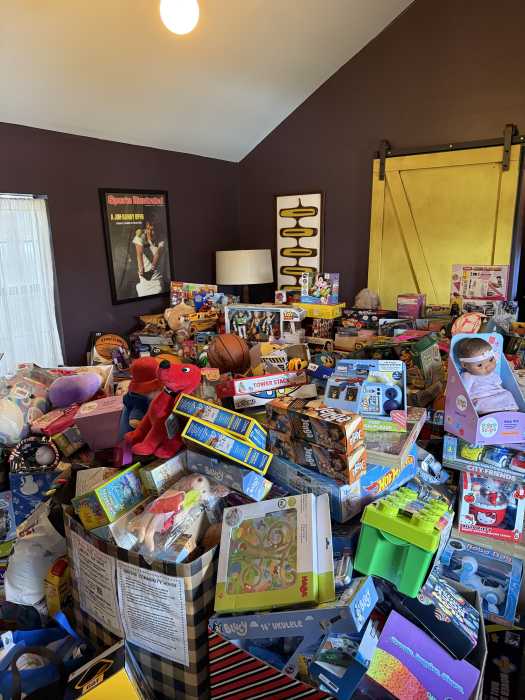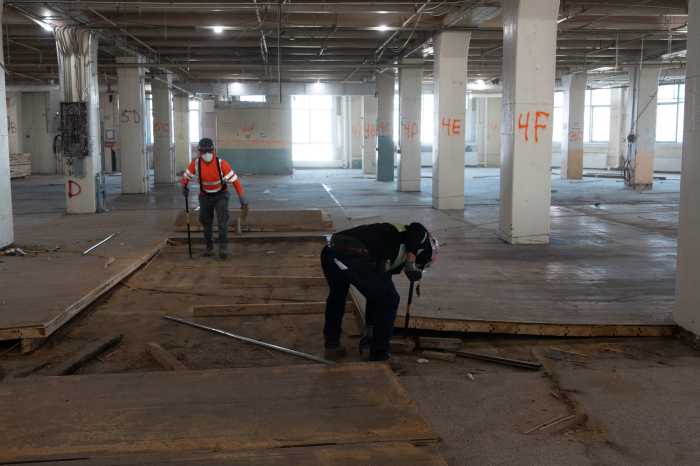Just in time for Queens residents to reflect on what they’re thankful for at the Thanksgiving table, Hunger Free America released a report that shows food insecurity in Queens continues affect the borough, aggravated by the area’s rising cost of living.
Joel Berg, CEO of Hunger Free America, announced the release of the report Tuesday morning at the Hour Children Food Pantry in Long Island City. He was joined by Assemblywoman Catherine Nolan and representatives from the offices of Councilman Francisco Moya and Gov. Andrew Cuomo.
While the number of Queens residents who experienced food insecurity has decreased in recent years, the number of people who rely on food pantries continues to increase, the report found. About 68 percent of Queens emergency food programs reported an increase in the number of people served in 2019.
“The good news is that things are marginally better than they were at the height of the recession,” said Berg. “The bad news is that because New York City and Queens are so unaffordable, we still have the same level of hunger today that we had a decade ago.”
The number of Queens residents who experienced food insecurity in 2016-2018 totals 189,178, according to the Hunger Free America report. This is down from 244,863 Queens residents in 2013-2015 and 268,796 in 2006-2008. While the number of people in New York City who are food insecure decreased by nearly 27 percent over the last six years, one in eight city residents still struggled against hunger.
Part of this downward trend is explained by New York state’s push to increase access to supplemental food benefits. In 2016, Gov. Cuomo expanded the number of residents who are eligible for Supplemental Nutrition Assistance Program (SNAP) benefits by raising the Gross Income Test level to 150 percent of the poverty line. This made an extra 750,000 households eligible for the benefit across the state.
“We must continue to support governmental policies that provide dignified support to families,” Nolan said. She added that securing additional SNAP funding would be a budget fight.
Meanwhile, the cost of living in the city keeps going up. Many neighborhoods in Queens, historically known as a bedrock of the city’s working class, are increasingly unaffordable to its residents. Sister Tesa Fitzgerald, executive director of Hour Children, said that she has noticed bigger crowds of people at her panty located in a gentrifying neighborhood over the past year.
“We’ve seen an increase in people coming, desperate for food for everyday living,” Fitzgerald said.
The report also found that half of its respondents commenting on President Trump’s Public Charge law, described a change in the number of immigrants served in the past.
In October, federal judges made a preliminary injunction halting the rule would make it more difficult for immigrants to get green cards if it looks as though they might need public assistance. But the report found that it had already started to have a chilling effect on immigrants seeking government subsidy.
About 29 percent of emergency food pantries witnessed an increase in immigrants utilizing their services as a result of disenrollment from SNAP.
“This time of year, people are incredibly generous, especially with food drives. But hunger of course is year-round, and donations are what keeps us going. We’re grateful for people who remember us and their neighbors in need even when the holidays are over,” said Sister Fitzgerald.
The report can be read here. More information about Hour Children Food Pantry can be found here.

